Scenery of Baise in China's Guangxi
Xinhua
1543754096000

Aerial stitched photo taken on Nov. 26, 2018 shows a local aluminum enterprise in Pingguo County of Baise, south China's Guangxi Zhuang Autonomous Region. Covering an area of around 36,300 square kilometers and holding a population of more than 4.1 million, Baise is a major base for fruits and vegetables, also one of China's most important producers of aluminum.(Xinhua/Lu Boan)
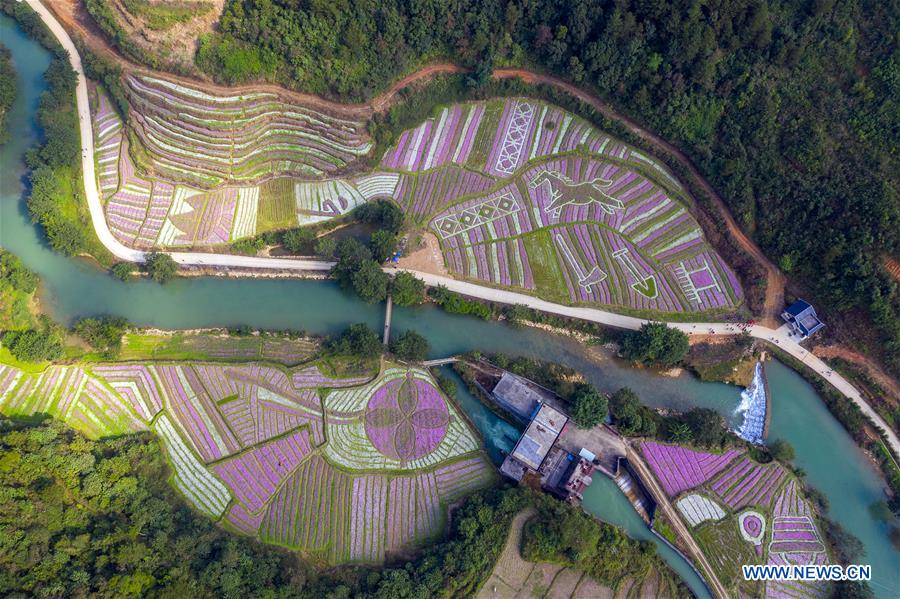
Aerial photo taken on Nov. 27, 2018 shows flower farms in Nawen Village, Debao County in Baise, south China's Guangxi Zhuang Autonomous Region. Covering an area of around 36,300 square kilometers and holding a population of more than 4.1 million, Baise is a major base for fruits and vegetables, also one of China's most important producers of aluminum.(Xinhua/Li Xin)
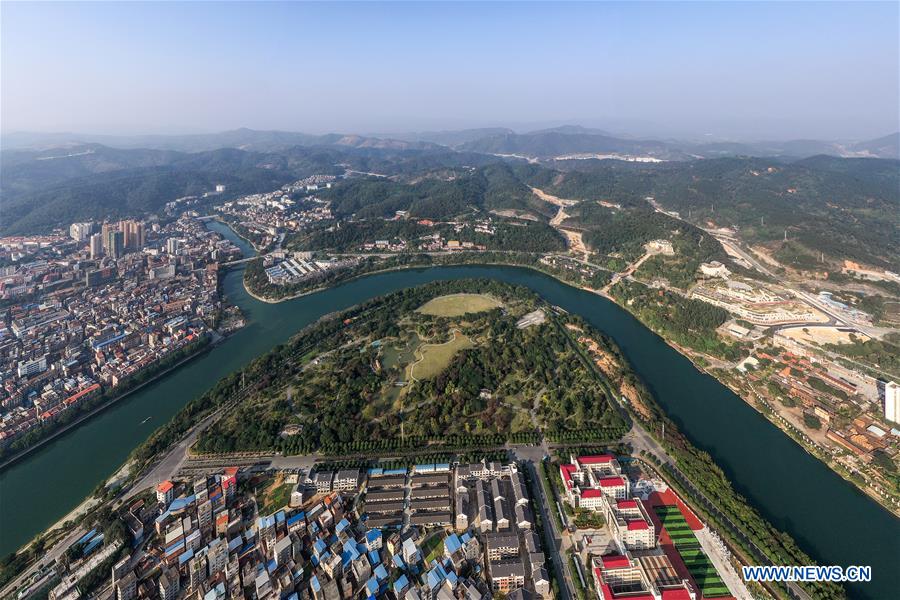
Aerial photo taken on Nov. 28, 2018 shows the city view of the Baise, south China's Guangxi Zhuang Autonomous Region. Covering an area of around 36,300 square kilometers and holding a population of more than 4.1 million, Baise is a major base for fruits and vegetables, also one of China's most important producers of aluminum.(Xinhua/Li Xin)

Aerial stitched photo taken on Nov. 28, 2018 shows the view of Baise city, south China's Guangxi Zhuang Autonomous Region. Covering an area of around 36,300 square kilometers and holding a population of more than 4.1 million, Baise is a major base for fruits and vegetables, also one of China's most important producers of aluminum.(Xinhua/Huang Xiaobang)

Aerial photo taken on Nov. 27, 2018 shows the view of Quyang Lake in Jingxi city of Baise in south China's Guangxi Zhuang Autonomous Region. Covering an area of around 36,300 square kilometers and holding a population of more than 4.1 million, Baise is a major base for fruits and vegetables, also one of China's most important producers of aluminum. (Xinhua/Li Xin)
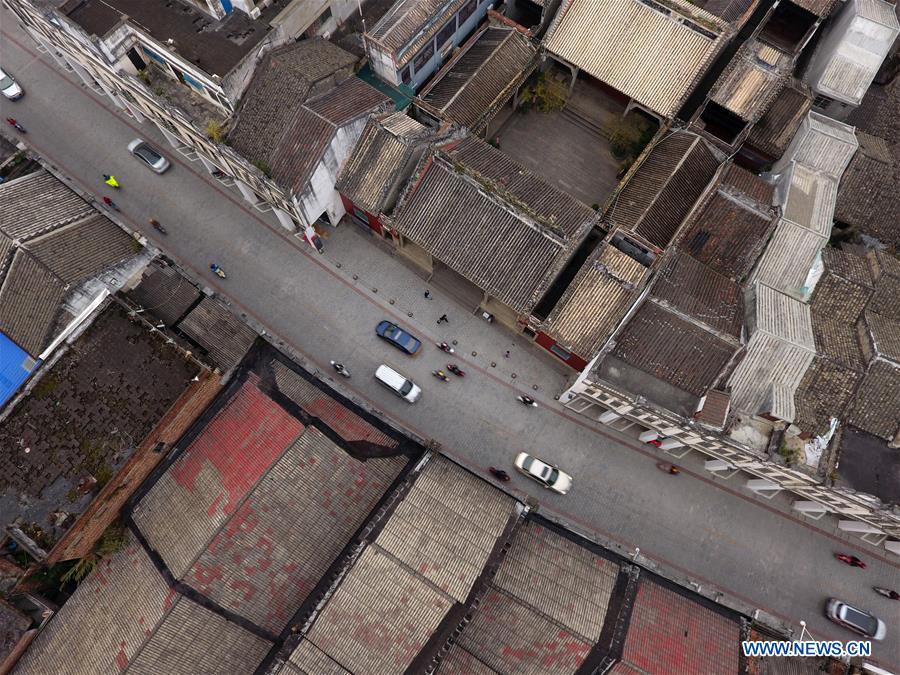
Aerial photo taken on Nov. 27, 2018 shows the Yuedong Guild(R,up) and other well-preserved buildings on the Jiefang Road of Baise, south China's Guangxi Zhuang Autonomous Region. Covering an area of around 36,300 square kilometers and holding a population of more than 4.1 million, Baise is a major base for fruits and vegetables, also one of China's most important producers of aluminum. (Xinhua/Lu Boan)
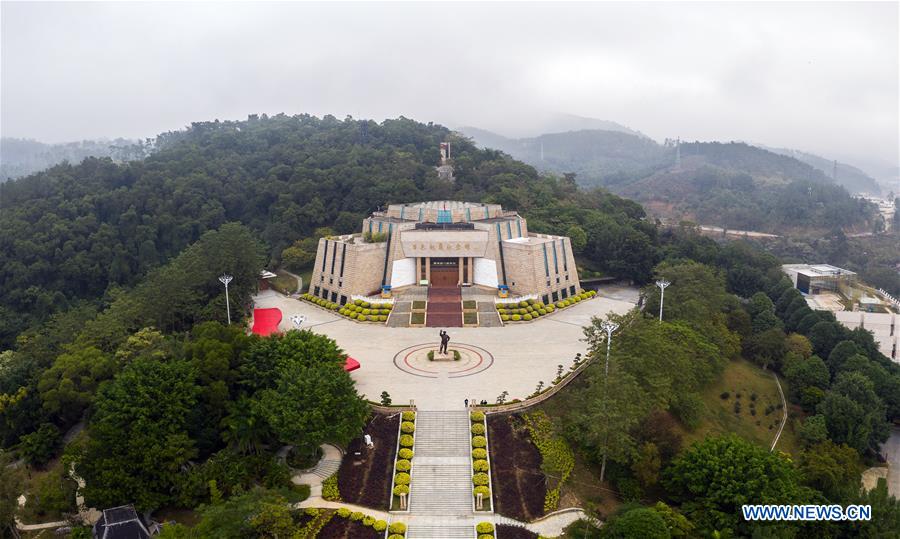
Aerial stitched photo taken on Nov. 27, 2018 shows the Memorial Hall of Baise Uprising in Baise, south China's Guangxi Zhuang Autonomous Region. Covering an area of around 36,300 square kilometers and holding a population of more than 4.1 million, Baise is a major base for fruits and vegetables, also one of China's most important producers of aluminum. (Xinhua/Lu Boan)

Aerial photo taken on Nov. 28, 2018 shows the Monument of Baise Uprising in Baise, south China's Guangxi Zhuang Autonomous Region.Covering an area of around 36,300 square kilometers and holding a population of more than 4.1 million, Baise is a major base for fruits and vegetables, also one of China's most important producers of aluminum. (Xinhua/Li Xin)
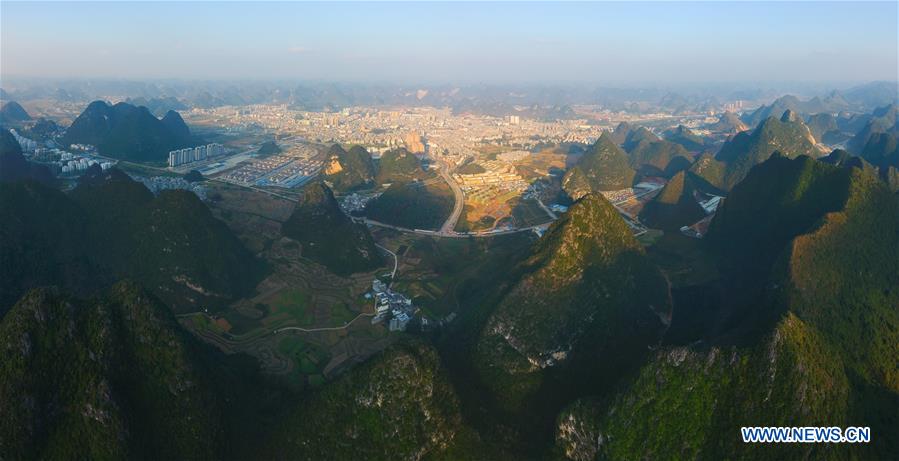
Aerial photo taken on Nov. 27, 2018 shows the view of Jingxi City in Baise, south China's Guangxi Zhuang Autonomous Region. Covering an area of around 36,300 square kilometers and holding a population of more than 4.1 million, Baise is a major base for fruits and vegetables, also one of China's most important producers of aluminum. (Xinhua/Zhang Shanchen)

Aerial photo taken on Nov. 26, 2018 shows view of the Garden Expo Park in Baise, south China's Guangxi Zhuang Autonomous Region. Covering an area of around 36,300 square kilometers and holding a population of more than 4.1 million, Baise is a major base for fruits and vegetables, also one of China's most important producers of aluminum. (Xinhua/Lu Boan)


